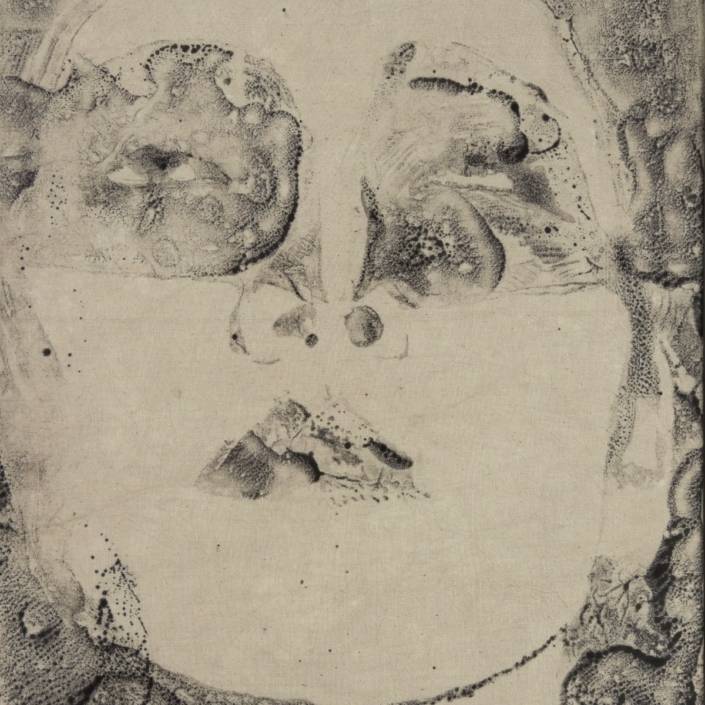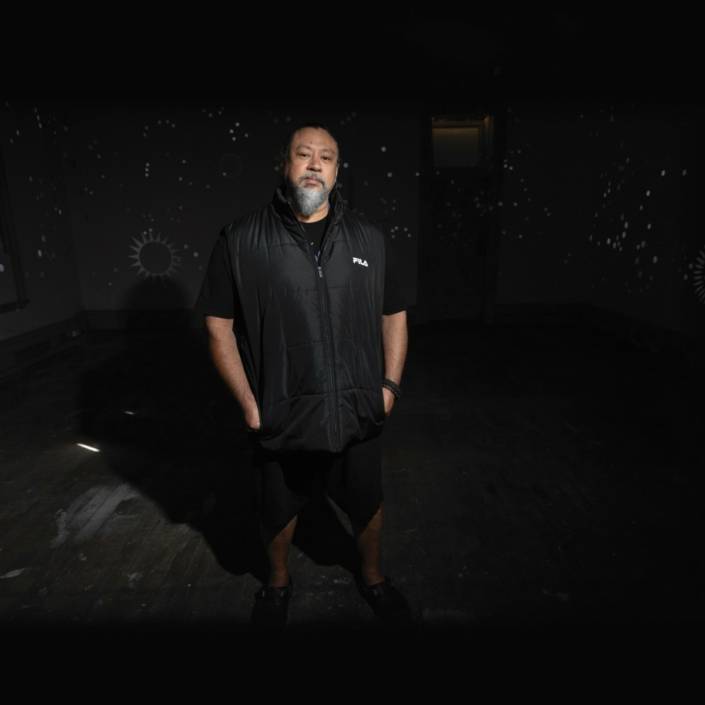Curator’s Radar: Karla Dickens
A round up of artists who have recently attracted significant curator attention by way of commissions, acquisitions and inclusion in major public exhibitions.
Words: Daniel Browning
There is no such thing as coincidence. I first met Wiradjuri artist Karla Dickens in 2007 at a solo exhibition of her work at a commercial gallery in the leafy inner Sydney suburb of Paddington. It was also the first time in which the often maligned and sometimes revered crow (waagan in Wiradjuri, wagahn in Bundjalung) first appeared in her work. Crows are plain, seemingly unremarkable. Their appearance however masks almost human-like intelligence, deployed in a range of behaviours best described as Machiavellian along with an elephantine gift for visual memory. Dickens’ grandmother regarded crows as many blackfellas do, as messengers from the other side – omniscient, with the power to remonstrate with the living and in dark times, to light the way. “She used to say, ‘they’re the old people’”, recalls Dickens, who is the most straight-talking, unromantic blackfella I know. It makes perfect sense then that the gothic shadow of a crow is cast theatrically across a range of Dickens’ works, drawn from her three decades of contemporary art practice in a survey exhibition Embracing Shadows at the Campbelltown Art Centre curated by Emily Rolfe.
I have always regarded Dickens’ practice to be as much about manual labour, hard physical work, as anything – infused with grit and a sense of wilful tenacity, that this artwork or that was forged in infernal heat. When we first met however, Dickens’ work radiated a gothic sensibility bordering on the erotic or burlesque – all black Madonnas and crows trimmed in black lace, lined with cursive text in surfaces producing a visual effect which put me in mind of Dutch floral painting, with their exaggerated blooms piercing an almost liquid black background. The next time I saw her work it had been overtaken by a new aesthetic sensibility, articulated in a visual language that is wholly and solely hers. The key plank in this new language was a Duchampian process of upcycling, or creative reuse.
Across her career, Dickens has instrumentalised a wide range of discarded, obsolescent objects – bits of farm machinery, saddles, straightjackets, aluminium bins, whatever found objects she could lay her hands on as she fossicked at the local tip around Lismore. Like a dulum, the male satin bower bird who feathers his nest with objects in shades blue, she almost obsessively classifies the broken and salvaged into drawers, creating a Dickensian system of order from the chaos. From this unpromising raw material, Dickens develops a scheme – as if led by the objects. I’m thinking here of Bound, 2015, a disquieting series of ghostly straitjackets hanging like flayed skins on the wall at Carriageworks, Sydney for The National in 2017.
In this work there was no mistaking her artistic or political intent, no softening. Her power as a maker of feminist artwork that bristles with rage at the toxicity of Australian heterosexual male culture reverberated. The rage fulminated in the lurid vulviform shape of her Workhorse series, made from discarded saddles with their yokes facing outwards, lined with rusted exhaust pipes and mufflers salvaged from wrecked cars with objects such as bull horns, tins and pencils protruding from their cavities.
Rather than individual artworks, Dickens produces bodies of work that constellate around a theme – or a proposition – shot through with a wry black sense of humour edged with a no bullshit approach to life.
Dickens’ upcoming survey Embracing Shadows does precisely that – collectively, these bodies of work confront the darkness at the heart of our nation, with its endgame in the folding of Aboriginal children in youth detention, spit-hooded and restrained in metal chairs. Almost surgically, that darkness is exposed and the viscera of the corpus that is Australia is laid out on the floor of this impressive and wide-ranging survey. Ultimately, there is no hiding from the truth.
Featured image: Artist Karla Dickens. Photo: Natalie Grono.
This article was originally published in Art Collector issue 103, January-March 2023.











